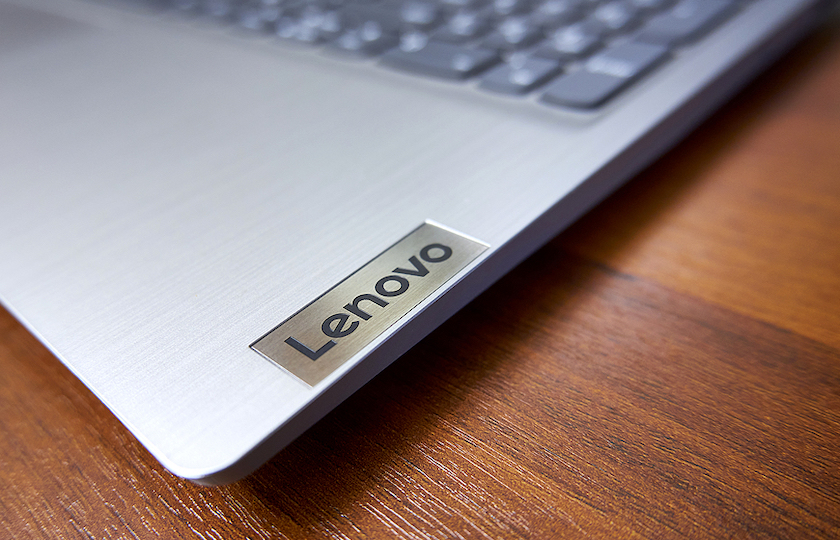“Just give a shit, people,” Holly Ryan says in the middle of Sydney’s Botanical Gardens. She’s talking passionately about the circular economy in business at Lenovo’s TechWorld event where it’s launching its new Sustainability Services Consultancy arm.
The aim of this new initiative is to help organisations integrate sustainable practices into their business operations. This is something that Ryan, a sustainable jewellery maker and founder from Noosa has been weaving into her business over the past 12 years.
With an interest in fashion from a young age, she quickly found herself disillusioned with the amount of waste that was created from clothing production.
“Jewellery was the only way for me to make sense of the design world that I felt was very irresponsible, because to be a designer at all means having an impact on the planet somehow,” Ryan said on stage at the event.
“I’ve been using recycled metal in my designs for almost 13 years now. And at the time there was a gap in the market. There was either your high-end sort of hole-in-the-wall jewellers that make your engagement rings or that was high street. [Or] Costume jewellery made cheaply in factories offshore, probably with small children.
For Ryan, it wasn’t just about environmental impact, but also the ethical treatment of staff and being mindful of how everyday actions impact the planet.
“Every little choice that you make has an impact. What you choose to eat, how you choose to get to work. We all really need to be paying attention to that,” Ryan said.
“It was really important to me to have a local business using local materials and as much circularity in place as possible.”
Ryan recently opened a physical retail space for her jewellery in Noosa. Much of the space has been crafted by Ryan herself using reclaimed wood and other materials.
It also contains a window into the workshop so customers can see Ryan and work and know that when the business says ‘hand-made’ it isn’t doing the bare minimum to be technically compliant with the term.
But even the website is a space dedicated not only to sales but to weaving in the ethics that are at the heart of the business. There are landing pages dedicated to campaigns the business is involved with, as well as repairs and recycling. Ryan encourages customers to bring in pieces to fix or transform, rather than throwing them out.
“The great thing about precious metals is that they never lose their value. If anything, they increase,” Ryan told SmartCompany.
“So if you’ve got old jewellery sitting in a drawer at home collecting dust, maybe because your grandmother passed it on and it’s absolutely not your style, I invite you to bring that to me to meltdown into something that you’ll actually wear rather than buying something new.”
Recycle partnership with Lenovo
Ryan is always on the lookout for ways to weave more sustainability into the business, whether it’s sourcing metal from op-shops, companies that sell recycled material, or sourcing precious stones through the likes of Fair Trade India.
Most recently she partnered with Lenovo to use precious metals from the company’s Asset Recovery Service to create rings that she’s calling ‘future heirlooms’.
The rings have been made from 24 karat gold, sterling silver and platinum recovered from circuit boards, CPUs, keyboard membranes and more.
One of these rings has also been auctioned off, with the proceeds going to the Seabin Project, which works to reduce and remove plastic from Australian waters.
“It was super exciting to me to have a new way and a new resource for creating jewellery that isn’t mining and further pillaging the earth,” Ryan said.
“The reason why I’ve chosen to partner with Lenovo is to further push the need for resources that are above ground right now that would otherwise be ending up in landfill and put them into the hands of people like me who work responsibility to create things that we love,” Ryan said.
“Waste is a design flaw.”
This story was originally published on Smart Company.



